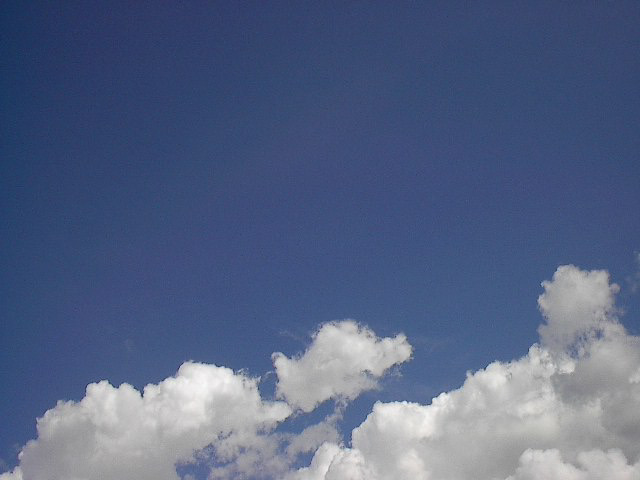Reiki (pronounced ray-key) is a particular vibration of Universal Energy accessed intentionally for the purpose of healing. The ability to access this vibration of energy is conferred through a brief empowerment ritual called an attunement. Students of Reiki receive attunements that confer the ability to transmit Reiki energy, and they also learn practical techniques for using this energy to support the health and well-being of themselves and others. Although there are many variations in the teaching and practice of Reiki, all Reiki traces its roots to the system of healing developed in Japan early in the last century by Mikao Usui.
Reiki is based on three premises:

- There is a Universal Energy that flows through all of life. It is the force that causes plants to grow, birds to fly, and each of us to take our next breath. There is no beginning or end to this energy; it is like an all-encompassing ocean within which all of creation exists.
- Universal Energy can be accessed in a powerful and intentional way for the purpose of healing.
- The human body and all of life is programmed for self-healing.
Accomplished through gentle touch, Reiki activates and facilitates the body’s innate healing abilities, reminding the body how to heal itself on the physical, mental, emotional, and spiritual levels.
Usui Sensei’s Definition of Reiki
The kanji (Chinese characters used in Japanese writing) for the word Reiki have many layers of meaning. The one most commonly associated with Reiki is “spiritual energy or spiritually guided energy.” Reiki founder Mikao Usui defined Reiki as a physical and spiritual method of healing. The term he used to describe Reiki is Shin Shin Kai Zen Usui Reiki Ryoho, which translates as heart, mind, and body improvement Usui healing method. According to Usui Sensei,
What the Reiki cure is aiming at is not only to heal the diseases but also to correct the mind by virtue of a God-sent spiritual ability, keep the body healthy, and enjoy a welfare in life.[1]
A Concise Definition
In my view, the best concise definition of Reiki comes from one of my students, Basha Brownstein, who is Program Manager for CancerLifeline in Seattle:
Reiki is a Japanese healing practice that uses touch to reduce stress and pain, and to activate the body’s healing processes.
My Personal Definition
I think of Reiki as Divine Love directed through the intention of the practitioner for the purpose of healing.
- Divine Love — unconditional love; love without agenda, expectation, or demand—compassion in its purest form.
- Directed — the energy is directed when you place your hands on yourself, on another, or when you initiate the protocol for sending Reiki distantly.
- Intention — the intention of the practitioner to be an instrument of healing grace by allowing Reiki to flow and by placing ego, attachment to outcome, and judgment of the client aside.
- Healing — the healing that takes place is determined by the recipient and Divine Love (the Higher Power, God, Universal Energy, Universal Law, Spirit), not by the practitioner.
[1] This quotation appears on a memorial to Usui at the Saihoji Temple in Tokyo. In Usui’s time, Reiki was used as a treatment—and often cure—of many common diseases. Lengthy treatments were given daily until a cure was effected. Today, Reiki is used primarily as a means of reducing stress and alleviating pain. Reiki complements other healing modalities, however, it is not a substitute for medical care or psychotherapy.
©2024 Marianne Streich, Reiki for Living. All rights reserved. For reposting permission, contact Marianne.
Marianne is a Seattle-Area Reiki Master Teacher and Practitioner. She is the author of Reiki: A Guide for the Practice of Levels I and II, from which this post is partially excerpted.
